Sessions simplifies live performance: Perfect plug-in control for your setup
With sessions on how to perform to perfection: your mix, your sound, your performance.
Sessions is a plug-in host for macOS designed for musicians with simplicity and ease of use in mind. Unlike most plug-in hosts, which are often geared towards producers and the complexities of a recording studio, the app is designed for anyone who wants to play music live, without being held back by technical hurdles. The interface is clean and uncluttered, allowing you to focus on the joy of playing, whether you’re a keyboardist, guitarist, composer or songwriter.
Sessions: The plug-in host that redefines live sessions
The mixer is the heart of Sessions. It connects plug-ins to the real world of microphones, instruments and MIDI controllers. With its intuitive drag-and-drop interface, the Mixer is extremely easy to use, while providing powerful features behind the scenes. You can create simple plug-in chains or complex live band setups, including send and aux channels and multi-outputs.
A particular highlight of the mixer is the plug-in widgets. These allow important plug-in controls to be displayed and operated directly on the screen. This keeps the musician in control without getting lost in a multitude of windows. A range of customisable themes, often inspired by vintage hardware, ensure that the plug-ins not only look good, but are also intuitive to use.
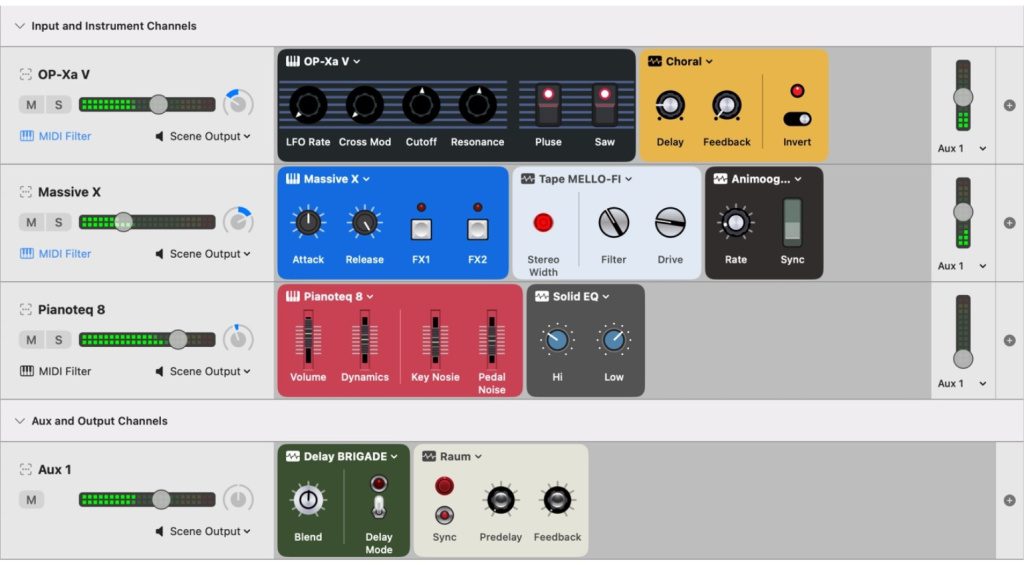
Why this app is the perfect companion for your live music performances
Sessions also offers up to twelve ‘scenes’. Each scene has its own mixer, so you can create completely independent combinations of instruments and effects. Switching between scenes is seamless, so sound transitions are smooth and there is no abrupt interruption. This feature is invaluable for live performances.
Another important feature is the macros available in each scene. These macros offer almost limitless possibilities for real-time parameter control and customisation.
The Sessions plug-in library makes managing instruments and effects even easier. Separate tabs for instruments and effects, plus a search bar, make it easy to find the right plug-in. You can save your own mixer channels and scenes for quick access to your favourite sounds.
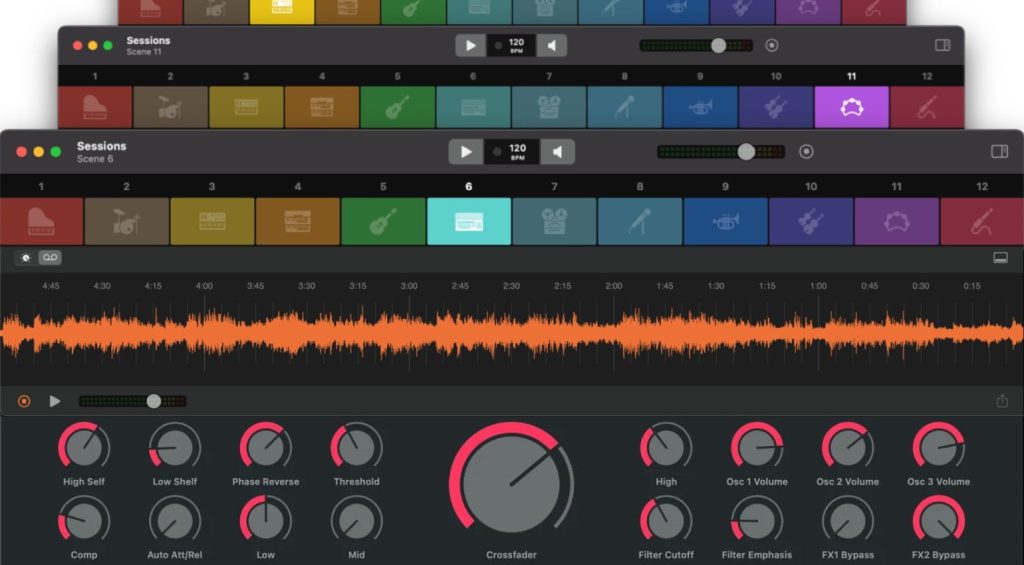
Sound control not just for stage and creative musicians
A particularly clever feature of Sessions is the always-on recorder. This continuously records the last 15 minutes, so that no moment of inspiration is lost. It allows musicians to capture spontaneous ideas or use the recording as a basis for new compositions. It is definitely an invaluable tool, especially for songwriters or sound designers.
To keep everything in time, there’s a Beat Clock that synchronises the LFOs and delays of the plug-ins. Sessions can be set to an internal clock or synced to other devices and applications via Ableton Link or MIDI clock. There is even a built-in metronome to help you practise.
With all these features, Sessions is the perfect companion for musicians who want to use their plug-ins easily and creatively, without being hindered by unnecessary ballast.
App pricing and specifications
Sessions is available from the Apple Mac App Store for €34.99. The software requires macOS 13.0 or later and a compatible Apple Mac computer. A demo version can be downloaded from the manufacturer’s website. Third-party instrument and effect plug-ins must be purchased and installed separately.
Learn more about Sessions
- Open Planet Software product page
- More about DAWs
2 responses to “Sessions simplifies live performance: Perfect plug-in control for your setup”

 4,2 / 5,0 |
4,2 / 5,0 | 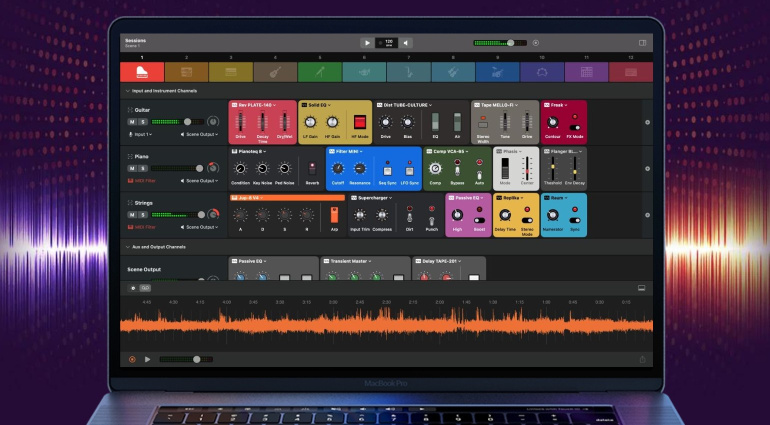

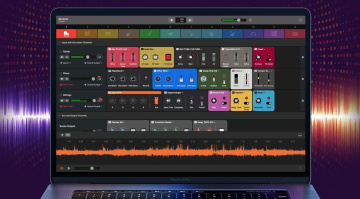

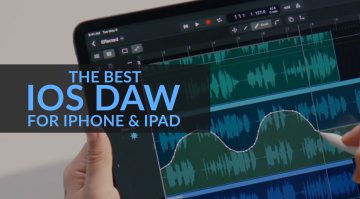
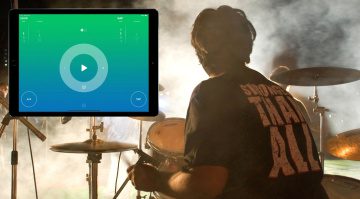
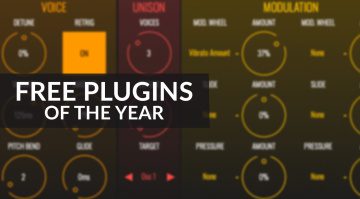
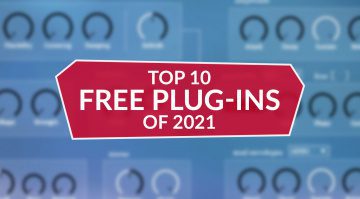
You ever played a gig with only 12 setups?
Me neither.
Do you really need to change the whole FX-chain completely for every song?
Most guitar modelers only have maybe 3 to 5 “scenes” and it’s mainly to change between completely different guitar tones, between for example intro/clean, rhythm tone, lead and solo tones, or whatever tone. Each scene has a number of pre-FX slots, one or two amps and cabs in parallel, and a number of post-FX slots. All of these pre- and post-FX can be enabled and disabled at will through footswitches. Changing to a different scene means changing all of those pre-/post-FX and amps/cabs to something else, like changing to a different preset but with the bonus of there not being a loading time or sudden clicks/skips when you change.
If you only want to disable/enable one or two effects in Session between songs or different song parts it’s probably better to use a MIDI pedal for switching these FX on and off. If you want to have a completely different FX chain for all instrument tracks you might as well just have different projects for each song since it doesn’t matter if there are one or two seconds of silence when switching projects if it’s between two songs.